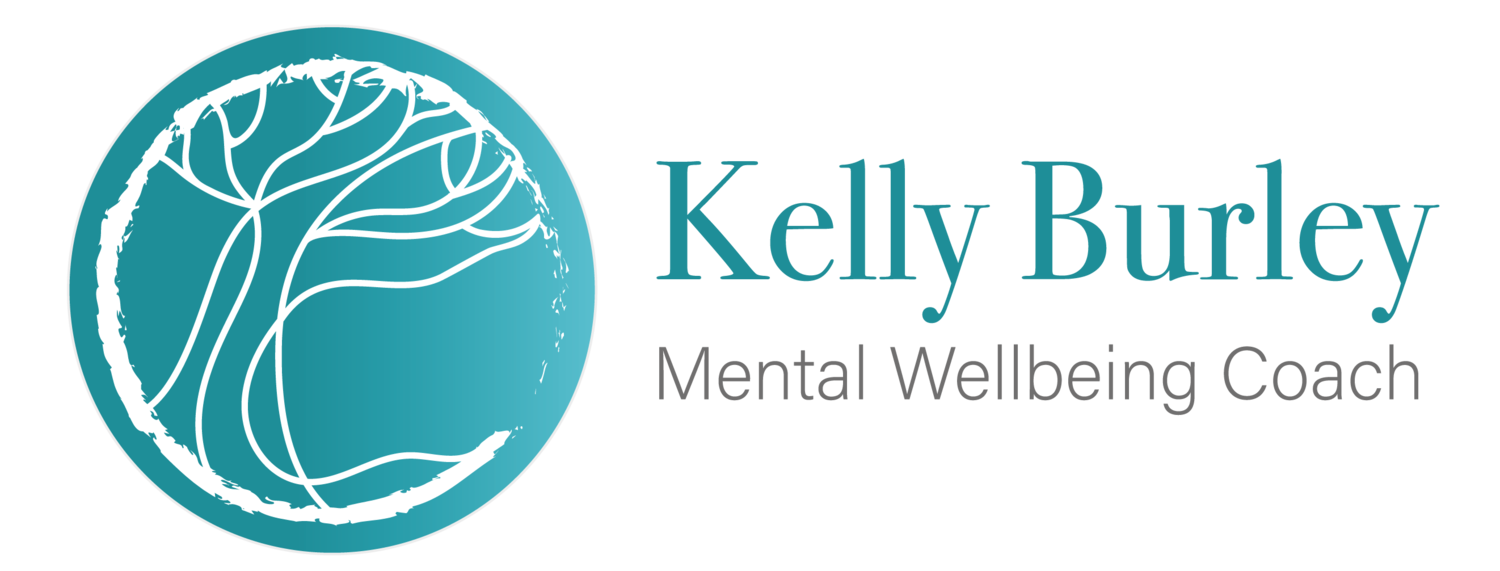Managing difficult emotions
Emotions are tricky. In the past I have felt like I have tried to hold onto the good ones and run away from the bad ones. The problem with that approach is the good ones seem to slip through my fingers pretty quickly and the bad ones seem to lurk about in the dark corners of my mind, more often than not resulting in an intense headache!
I’ve since realised that this is not a helpful way to think about it. Attaching positive and negative charge around emotions distracts from their true purpose.
In digging more deeply into emotions and feelings I’ve discovered some interesting things:
There are 7 basic emotions
According to Paul Ekman’s research there are 7 emotions which are experienced and recognisable by all cultures across the world. These are happiness, sadness, anger, disgust, surprise, fear, and contempt.
Emotions are a behavioural response
The 7 basic emotions evolved as behavioural responses, designed to motivate us to take action and keep us safe. They are a physiological response to an external stimulus and therefore originate from and are felt in the body.
For example, when we lived as nomadic tribes thousands of years ago and came across a bear, seeing the bear triggered a fear response, motivating us to either run away or stand and fight. This type of response is still felt today, for example if we accidentally step into the road in-front of oncoming traffic, the sight of the cars triggers the same response, motivating us to run to the safety of the pavement.
Anything else is a feeling
If you are feeling anything else other than the 7 basic emotions described above, it is a feeling. Feelings in contrast to emotions are created by the brain, resulting from thoughts which interpret personal experiences based on our memories of past events.
For example, if we are presenting in a meeting and we see one of our colleagues’ frown and appear distracted, we may perceive that they are passing negative judgement on our work, perhaps because this has happened to us in the past. Our feelings are often based on ingrained and subjective patterns of thinking and behaving. As such they are subjective and based on our perceptions rather than facts, therefore they are not always a true reflection of reality. In the example above there could be many different reasons for why our colleague is frowning, which could have nothing to do with us.
Emotions and feelings are information
Nothing more and nothing less. The trick is understanding the underlying message. A simple technique to work with both emotions and feelings is to practice bodily awareness. This can be done using the following simple technique:
1. Notice what is happening in my body?
Take your attention inwards and ask yourself ‘how am I feeling in this moment?’ What feeling or emotion do you recognise? Also notice how your body physically feels? Do you notice any associated tension, aching, heaviness or numbness or anything else?
2. How am I interpreting this feeling?
Notice what your subjective thoughts about this feeling are. Ask yourself if this is your normal reaction, suggesting a particular pattern of behaviour that you have developed?
3. Is there another option?
Can you decide to react with curiosity? Being curious as to what this feeling might tell you objectively takes some of the heat out of the situation and opens up new possibilities. Ask yourself questions to gather more information so that you can decide to take a more conscious and objective response.




